Fenugreek is a popular spice that grows almost anywhere in eastern Europe. Well known as an essential component of lean salt, fenugreek has a pleasant and appetizing aroma. Fenugreek, also called Qimen, is known to have the Latin name Trigonella foenum-graecum. Fenugreek is an annual plant of the Fabaceae family. The common and popular condiment is made from fenugreek seeds.
The Latin name of fenugreek Foenum graecum means "Greek hay”. Home of fenugreek are the lands around the Mediterranean. However, it is well known in China, India and North Africa. Etymology is preserved in many languages, such as the English "Greek hay", Slovak "Senovka Grécka", Croatian "Grčko sijeno". Yellowish-brown seeds contain essential oil with over 40 ingredients that give the special spice a slightly bitter taste.
Types of Fenugreek
Garden fenugreek (Trigonella foenum-graecum) is a One year plant. The root is fusiform. The stem is up to 1 m high, sparsely branched. The leaves are in threes with crowns that are fused with the petiole. The flowers are pale yellow to yellow and sessile in the axils of the upper leaves. After they ripen, they form seed pods, the seeds have a specific odor when crushed (much like fresh hay) and a bitter taste.
Polish Fenugreek is an annual plant. The stem is smooth, up to 90 cm with 5-7 branches, the leaves are three-sectioned, elliptical oval, strongly serrated outer edge. The flowers are gathered in clusters 30-35 spikelets borne by long stalks. They are egg- formed, with 1-3 seeds. They are small, yellowish.
Polish fenugreek has the same appearance as the normal garden variety, only that they need more space for sowing seeds - 100 meters - 200 to 250, the horticultural Polish fenugreek can cross readily into a yielding hybrid. If you want to sow only one type, then it is necessary to provide isolation between the two of 500-m. Polish fenugreek spice is also an insecticide and diuritic tool and a very popular honey plant. It is sown in March.
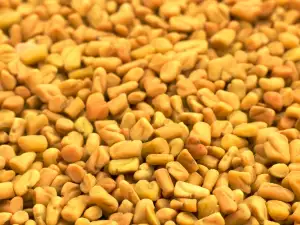
Garden fenugreek is also known as Greek Qimen. It is well known from antiquity, where ancient Greeks and Egyptians used it as a medicinal and food plants. In Egypt, it has served a religious purpose for embalming the dead. In ancient China, it was also used for medicinal purposes. Fenugreek had been especially popular in the time of Charlemagne, when the royal gardens were honored.
Application of fenugreek
In addition, to being an integral component of lean salt, fenugreek is hreat when cooking sausages, pastrami and other deli meat and fish. The fresh leaves and twigs of fenugreek serve as a good seasoning for home dishes. Fenugreek is very popular in Egypt and many Asian countries. Fenugreek is perfectly combined with other herbs like savory, black and red pepper, parsley, dill and mint. It has the ability to absorb odors easily, so it should be stored separately.
When baked, the seeds acquire the characteristic flavor of nuts. In many countries, it is used for preparing meat. This use is directly linked to its strong antiseptic qualities. Small amounts of Qimen are contained in almost all Indian curries. The aromatic bitter seeds are the main ingredient of the mixture "Pancho Foron" of Bengal. It is present in the Georgian spice mix called "kmeli-SUnet."
Benefits of fenugreek
The seeds are used as a spice and medicinal herb by the Egyptians, Greeks and Romans. Because of its antiseptic action, it is used for treatment of wounds and abscesses, rheumatism, gout, eczema, and was seen internally to treat bronchitis and digestive tract problems. Chinese healers offer it to men with fertility problems. In the Middle Ages, it had also been used as a medicinal herb.
The fresh leaves and twigs of fenugreek are rich in essential oils, vitamins (vitamin C - 120 mg) and other valuable substances. Savory and colorful salt in fenugreek has the ability to awaken the senses. With its strong scent, fenugreek is an aphrodisiac and in the past has been used to revive unconscious people. It stimulates further metabolism and lowers blood sugar levels. Moreover, fenugreek improves appetite and restores the body forces.
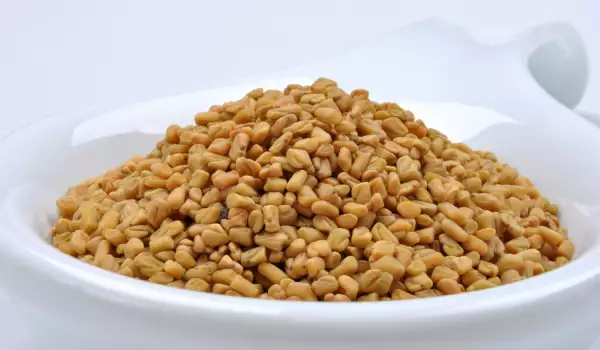

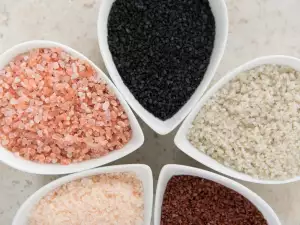
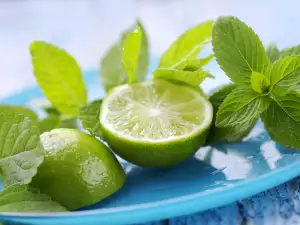
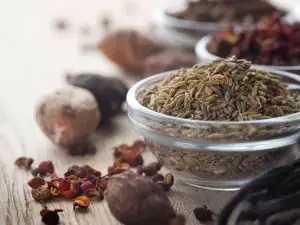

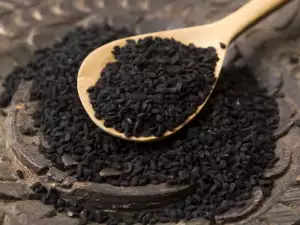
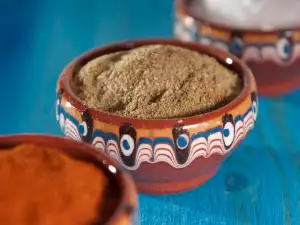

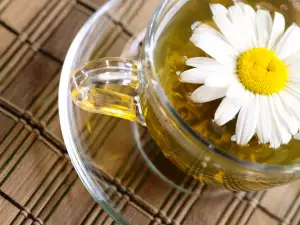

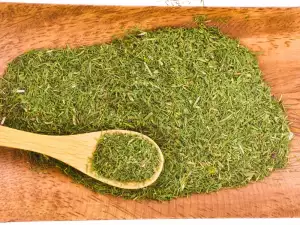

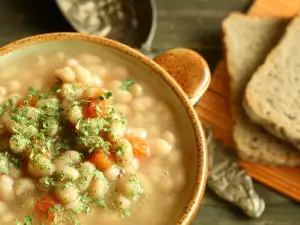

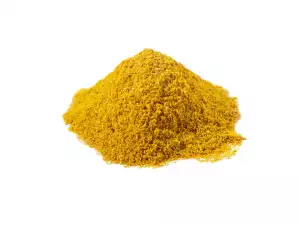



Comments